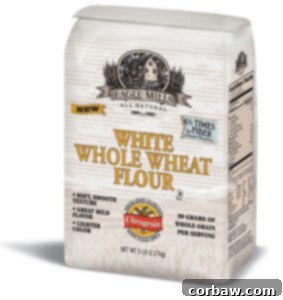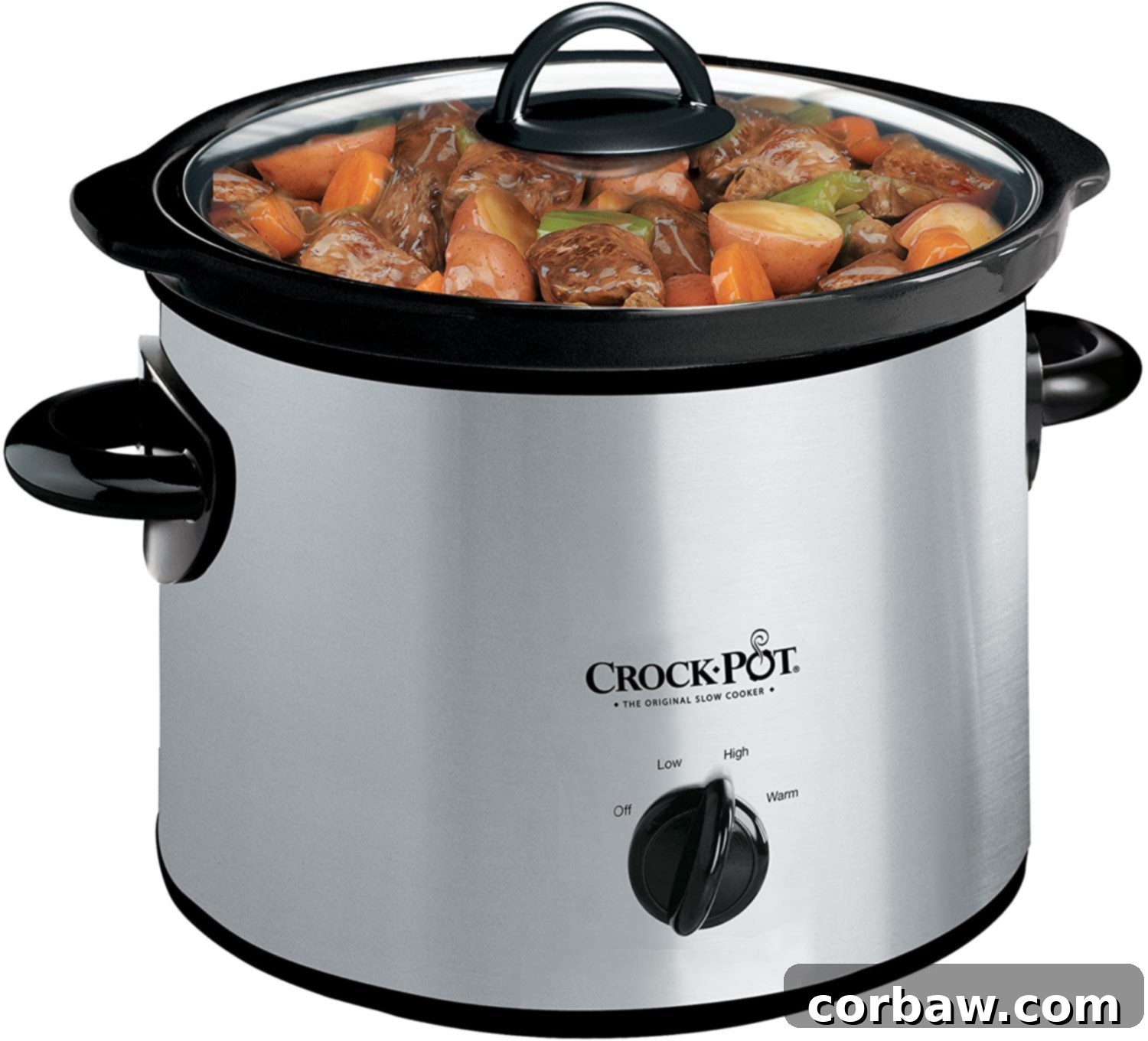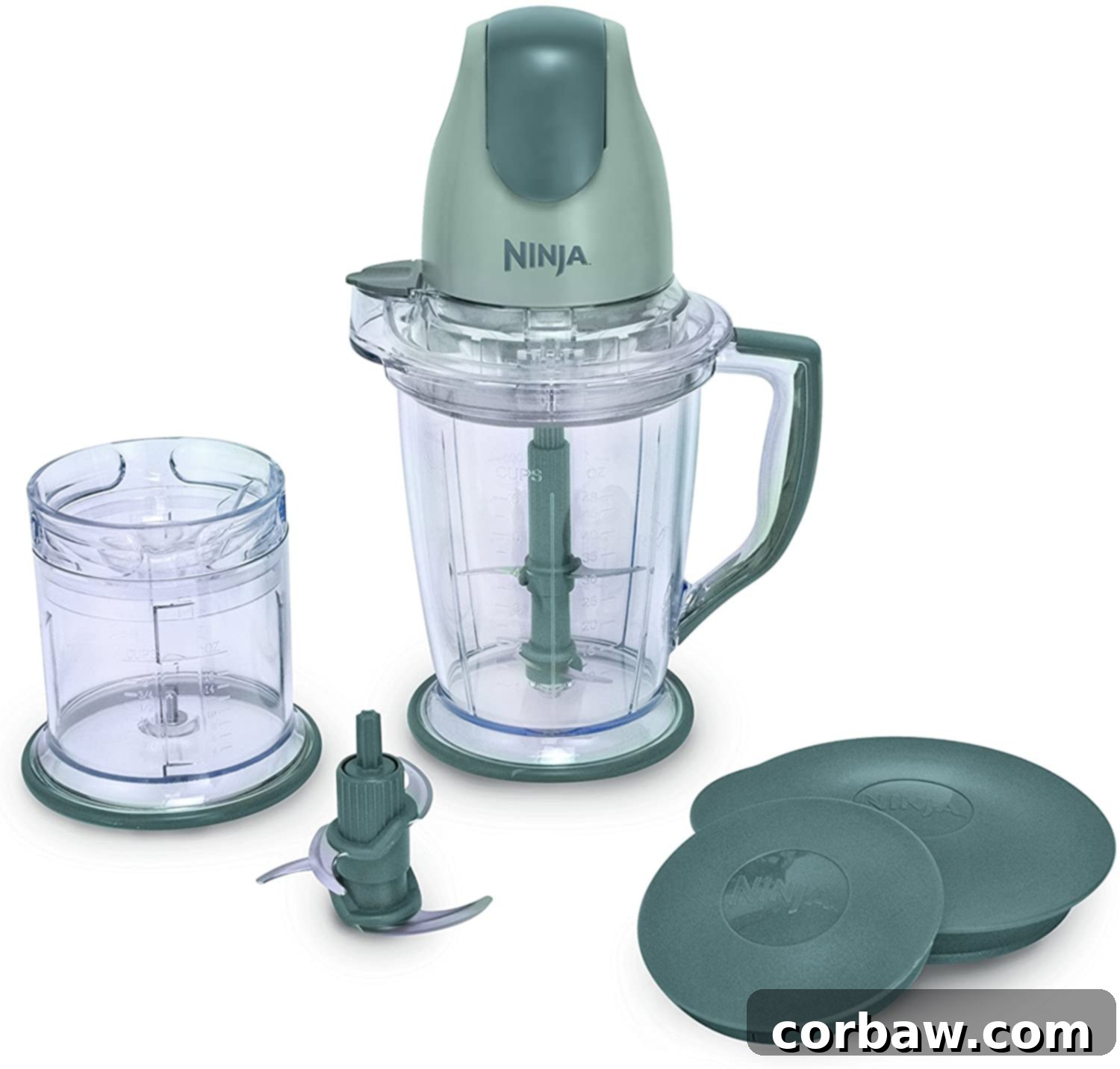Mastering Your First Kitchen: Essential Pantry & Tool Staples for Independent Living
The journey from student life to independent living is a thrilling one, often marked by new responsibilities and exciting opportunities. For me, that transition is happening now, as I’ve just completed my final term of undergrad. Soon, my diploma will arrive, marking the end of one chapter and the beginning of another. It’s an incredibly exciting time, yet also carries a hint of apprehension about what lies ahead. I finished my degree earlier than many, freeing me up to step into the role of Behavioral Testing Manager at a lab at the U of O. It’s a fantastic position, and I’m proud to be part of a study contributing to the Head Start program—a cause I deeply believe in. This new phase of life means leaving behind the official title of “college student,” at least for the moment, and fully embracing self-sufficiency.
As I reflect on the past couple of years and the lessons learned in managing my own space and finances, one area consistently stood out: the kitchen. Navigating meal preparation, budgeting for groceries, and making sure I had the right supplies was a crucial part of independent living. Whether you’re a graduating student, moving into your first apartment, or simply looking to streamline your cooking process, a well-stocked kitchen is your best friend. To help you on your own culinary adventure, I’ve compiled a list of the kitchen items – both pantry staples and essential tools – that I found indispensable. These are the items that made healthy, delicious, and budget-friendly meals not just possible, but easy, even during the busiest or leanest times.
Pantry Powerhouses: Essential Food Staples for Every Kitchen
Having a well-stocked pantry is the foundation of smart, efficient, and economical cooking. These are the non-perishable heroes that will save you time, money, and stress when you need to whip up a meal without a trip to the store.
Tomato Sauce: The Versatile Red Gold
Tomato sauce. Seriously, I try to keep at least three cans on hand at all times. This humble staple is a culinary chameleon, incredibly versatile for countless dishes. It’s perfect for enriching soups (just be careful not to mistake it for condensed tomato soup, as I once disastrously did – my friend Ian can still tell you about that mistake!), creating robust pasta sauces, or forming the base for homemade chili or stews. When your budget is tight and all you have is a can of this and a box of pasta, you’ve got a satisfying meal within reach. It’s a lifesaver for last-minute dinners and an excellent source of flavor without breaking the bank. Always opt for plain crushed or diced tomatoes for maximum flexibility, as you can always add your own seasonings.
Pasta: The Ultimate Quick Meal Base
Pasta. This one is probably obvious, right? But let’s move beyond the boxed mac and cheese (unless you’re trying my grown-up version!). Pasta is an incredibly cheap, quick, and satisfying meal component. Don’t be afraid to experiment with different shapes like penne, fusilli, or farfalle, and consider whole-wheat options for added fiber and nutrients. Pair it with that versatile tomato sauce from your pantry, perhaps with some spaghetti and meatballs, or simply toss it with olive oil, garlic, and a sprinkle of Italian seasoning for a light, flavorful dish. Pasta is the perfect canvas for whatever ingredients you have on hand, making it a true student-budget savior.

Italian Seasoning: Flavor in a Bottle
Italian seasoning. This blend is nothing short of awesome. It effortlessly finds its way into almost every savory dish I make. It’s a harmonious mix of dried herbs like oregano, basil, thyme, rosemary, and marjoram, offering a subtle yet profound fragrance and flavor. From roasted vegetables and chicken to omelets, marinades, and, of course, pasta sauces, this blend elevates everything. Buying it in a large container, perhaps from a bulk store like Costco, is incredibly economical, ensuring you always have a flavor boost ready to go. It’s a simple way to add depth and complexity to your cooking without needing a cupboard full of individual spices.
Minced Garlic: The Flavor Enhancer
Minced garlic. Like Italian seasoning, this stuff makes its way into virtually EVERYTHING. While fresh garlic is fantastic, pre-minced garlic in a jar is a convenient time-saver, especially for busy individuals. Just remember, this is a fridge item, not a pantry one! Storing it in the refrigerator extends its shelf life significantly. Again, I highly recommend getting a large jar from a warehouse club like Costco. Those tiny supermarket jars last me a mere two weeks, tops, and I prefer to minimize my shopping trips. Garlic adds a foundational layer of flavor to almost any savory dish, from stir-fries and soups to roasted meats and vegetables. It’s an indispensable ingredient for building rich, aromatic profiles in your cooking.

Root Vegetables: Economical & Enduring
Root vegetables. My personal favorites are potatoes and onions, and for good reason. They are incredibly cheap, versatile, and boast an impressive shelf life when stored correctly, allowing you to buy them in bulk without worry. I often pick up large bags of baby reds from the grocery store. Potatoes can be boiled, baked, roasted, mashed, or fried, serving as a hearty side or a main component of a meal. Onions, whether yellow, red, or sweet (like the amazing Walla Walla onions I’ll miss from fall!), are fundamental aromatics that form the base of countless dishes, adding depth and sweetness. When you’re running low on cash and staring at a bag of potatoes, you’ll be thrilled you can simply boil them, add a pat of butter, and have a comforting, filling meal.
Basic Baking Supplies: Beyond Desserts
Basic baking supplies. This category includes flour, sugar, baking powder, baking soda, and salt. Optional but highly recommended additions are brown sugar, powdered sugar, and various spices like cinnamon, cumin, and nutmeg. These are the building blocks not just for desserts, but also for homemade breads, pancakes, muffins, and even savory dishes like fried chicken coatings. I get my flour from Costco – buying in bulk saves money in the long run. I’ll admit, there have been times when I was so low on funds that I couldn’t afford bread, so I baked my own sandwich bread. I’m not sure if that makes me tragically broke or incredibly resourceful, but it certainly proves the utility of these staples! Plus, who doesn’t crave fresh-baked cookies late at night after hours of studying or working? Maybe that’s just me, but having these essentials means spontaneous baking is always an option.

A Full Freezer: Your Meal Prep Sanctuary
A full freezer. This might not be feasible for absolutely everyone, but for those who can manage it, a well-stocked freezer is a game-changer. This is where generous parents (or those skilled with a shotgun or fishing pole!) can truly come in handy, providing venison or fish. Whenever possible, my freezer is packed with variety: ground beef, venison, or elk for versatile meals; salmon fillets for healthy quick dinners; raw, peeled, deveined shrimp for fast protein boosts; boneless, skinless chicken breasts, chicken thighs, and chicken drumsticks for endless recipe possibilities; roasts for special occasions or slow-cooked meals; and steak when I’m feeling fancy. I also keep “nasty things” like taquitos and pizzas for those nights when cooking feels like an impossible task. My freezer truly is my best friend for meal planning and budget management. I’ve even been known to buy Costco-sized bags of shredded cheese, divide them into normal-person-sized portions, and freeze them. Oh, and yes, certain types of alcohol can go in there too (but please, not beer or wine!). Freezing allows you to buy in bulk, take advantage of sales, and always have ingredients on hand for a quick, homemade meal.
Essential Kitchen Tools: Equipping Your Culinary Command Center
Beyond the ingredients, having the right tools makes all the difference in making cooking enjoyable and efficient. You don’t need a professional chef’s arsenal, but these select items will empower you to tackle a wide range of recipes with confidence.
A Crock Pot: Slow Cooking, Big Flavor, Low Effort
A crock pot. Some of you might be thinking, “Uh, hello? Did you forget the ‘broke college student’ thing?” But guess what? You can snag a small crock pot from Target or Amazon for around $15. I’m not kidding! And many come in super cute colors. So get yourself one, because its utility is immense. Crock pots are fantastic for “set it and forget it” meals, perfect for busy schedules. Think tender salsa chicken, hearty stews, pulled pork, chili, or even fondues and dips. They make tough cuts of meat incredibly tender and infuse flavors beautifully over several hours, resulting in delicious, comforting meals with minimal effort. It’s a true budget-friendly workhorse for any kitchen.

A KitchenAid Stand Mixer: A Culinary Investment
A KitchenAid. I fully acknowledge that this one isn’t always immediately feasible for every budget. A KitchenAid stand mixer is generally something you acquire as an investment or inherit. My mom had hers for 18 years before passing it down to me, and it’s now 21 years old and still functions perfectly. My grandma’s is even older, around 30 years, and still going strong! They typically run around $200, but if you can find a way to make it happen, do it. I use mine for everything: baking cookies, whipping up mashed potatoes, mixing pancake batter, and even making homemade bread dough. Its robust motor and versatile attachments make it a true kitchen marvel, simplifying labor-intensive tasks and opening up a world of culinary possibilities. It’s an investment that pays dividends in convenience and durability.

A Good Blender or Food Processor: Your Prep Partner
A good blender. This is a bit of an either/or situation with a food processor, as they perform relatively similar functions, though each excels in different areas. The key is to invest in a *decent* one. A weak, cheap model that struggles to chop anything will do you no good – a lesson I learned the hard way. A quality blender is perfect for smoothies, soups, sauces, and purees, while a food processor shines at chopping vegetables, shredding cheese, making dips like hummus, or even preparing doughs. I picked up this Ninja Master Prep blender food processor set for about $40, and it has been incredibly awesome for all my blending and chopping needs. Having one of these tools significantly cuts down on prep time and encourages healthier eating by making it easier to incorporate fresh ingredients into your diet.

A Good Set of Knives: The Foundation of Safe & Efficient Cooking
A good set of knives. For my 21st birthday, I received my first set of truly awesome knives (huge thanks to Mom and Debbie!). Before that, I rotated between two dull knives that hadn’t seen a sharpener in three years, and I honestly had no idea what I was missing. Sharp knives are not only more efficient but also significantly safer to use than dull ones, as they require less force and are less likely to slip. Whether you invest in a full set or just a few high-quality essentials like a chef’s knife, a paring knife, and a serrated bread knife, make sure they are well-maintained. Alternatively, invest in a good knife sharpener and commit to keeping your blades honed. My mom got me the Giada set from Target, and they’ve been absolutely fantastic for everything from chopping vegetables to carving meats. A good knife set is the most fundamental tool for any aspiring home cook.
Embrace Your Culinary Journey
Alright, I genuinely hope this comprehensive guide to essential pantry items and kitchen tools proves useful as you embark on your own independent living journey. Establishing a well-equipped kitchen from the start can alleviate much of the stress associated with cooking and budgeting, empowering you to create delicious, wholesome meals with ease. Remember, cooking should be an enjoyable and rewarding experience, not a chore. Good luck as you start cooking in what, for many of you, will be your very first kitchen!
On a related note: If your university or college offered a beginner’s basic cooking class, would you take it? Many fellow students I’ve spoken with often express how lost they feel in the kitchen and wish they knew fundamental cooking techniques. I strongly believe institutions like the U of O could greatly benefit their students by offering such a practical and life-skill-oriented course. It could be invaluable for fostering independence and promoting healthier lifestyles among young adults.